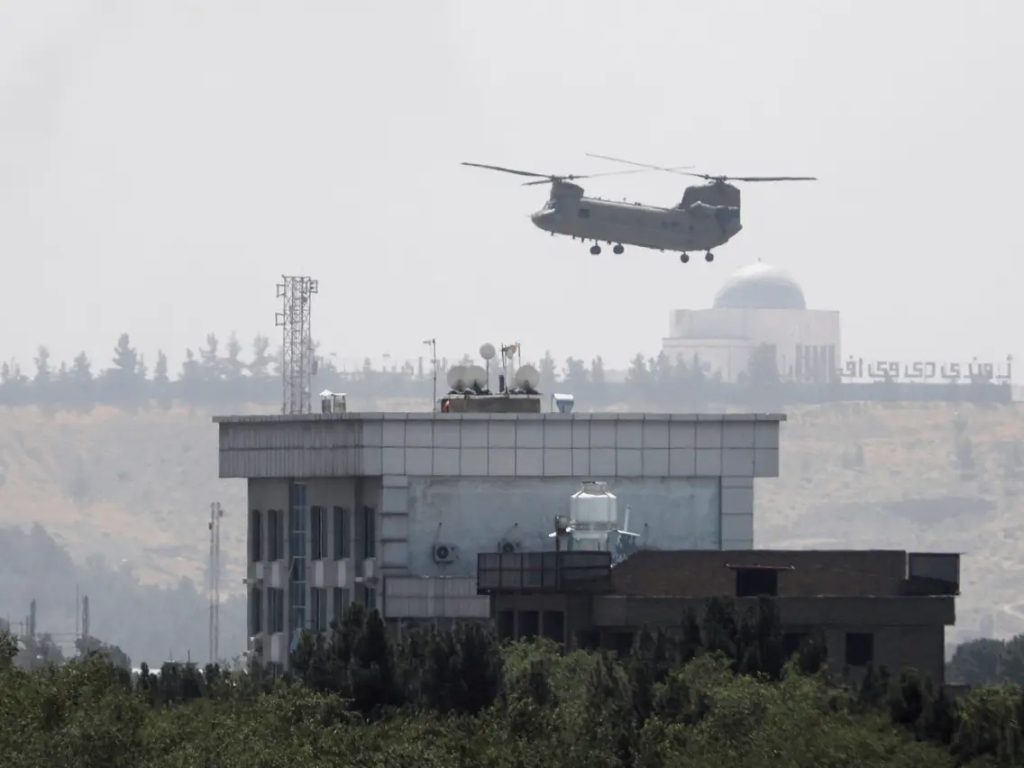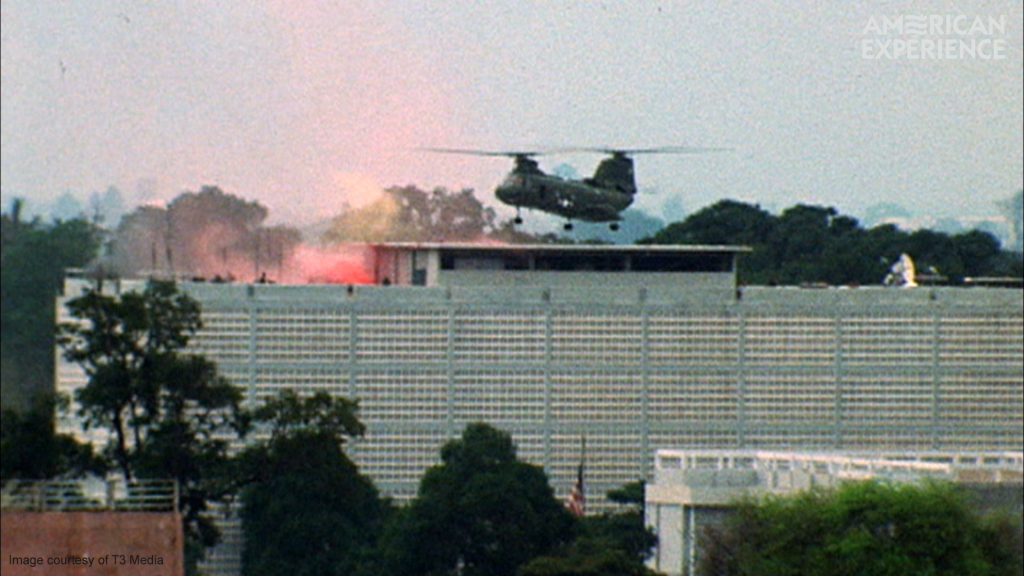
During the annual Intelligence and National Security Summit, acting U.S. officials warned that al Qaeda could reform its capabilities to attack the United States homeland within 1-2 years. Reports of high-ranking al Qaeda leaders returning to Afghanistan have already surfaced, while the Taliban’s promises for a cooperative, stable government have rapidly crumbled.
The rapid collapse of the Afghan government and the resulting chaos through the U.S. evacuation was fast and decisive, with a large portion of the Afghan military defecting or fleeing combat. Without morale, the larger, more advanced, and U.S. trained Afghan Security Forces could not defeat the Taliban.
On the one hand, nothing more could be done. Following the 2020 Taliban peace deal and subsequent withdrawal of American support, the Taliban began making steady gains across the country. When President Biden took office, he inherited an already fused geopolitical time-bomb. Faced with extending the U.S. mission and inciting Taliban reprisals or ending the war, Biden wisely picked the latter often.
However, it is also wrong to assume that the withdrawal process has been as clean and orderly as possible. A mere two weeks after statements by Secretary of State Antony Blinken claimed the U.S. withdrawal would not be another ‘Saigon’, helicopters hovered over the roof of the embassy in Kabul, shuttling embassy staff to Hamid Karzai airport.


Yet Biden pushed on with the evacuation at full speed. In the book Peril by Bob Woodward, Biden is described to have ignored Blinken and Defense Secretary Lloyd Austin’s advice for a slower withdrawal. Believing that President Obama had been cautioned against withdrawing from Afghanistan as he had intended, Biden chose to remain resolute, striking out any potential for an extension of the U.S. mission to Afghanistan. There was no better outcome or possible political settlement, it had seemed. Yet this was not completely the case.
The capture of Kabul itself took place in merely a few hours, with a flood of false reporting and uncertainty. Taliban leaders had negotiated with U.S. envoys in Doha that they would not be taking Kabul for two weeks, and many news sources reported confidence in holding the city for at least a month. Minutes later, it was announced that the Taliban had prepared a special unit to take the Presidential Palace and that Afghani President Ashraf Ghani had fled the country.
Had Ghani stayed in Afghanistan and worked with the Taliban for a more peaceful transition of power, the subsequent evacuation of Hamid Karzai airport could have been carried out in a far more orderly fashion. Ghani’s refusal to cooperate, both then and in the months leading up to the withdrawal, were all contributing factors to the collapse of Kabul’s security.
As people around the world tuned in to live reporting from Afghanistan, it quickly became clear that the Hamid Karzai airport would be the last bastion of Coalition forces in Kabul. A day later, the world saw disturbing footage of Afghan civilians clinging to, and later falling from evacuation planes. Though the U.S. military re-established order, they faced a suicide attack by the Islamic State of Khorasan, which killed more than 182 people, 13 of whom were U.S. service members.
Though the Taliban did not support ISIS-K’s attack, their commitment to preventing terrorism in the region should not be taken with certainty. Though U.S. involvement in Afghanistan has ended after successfully achieving the goals of disrupting al Qaeda and killing Osama bin Laden, there is no guarantee terrorism will not return. Already, the Taliban’s Afghanistan faces many internal and external challenges, including active resistance efforts in the Panjshir valley, as well as nationwide protests and international outcry.
Thousands of Afghans, many of whom worked with U.S. forces and strove for Afghan liberty, remain trapped in Afghanistan. Though the Taliban has promised amnesty, reports have begun circulating of executions throughout the country.
The Coalition now faces a tough decision; to support the Afghan people, thereby legitimizing the Taliban in the eyes of the international community, or to isolate Afghanistan and risk the nation becoming a breeding ground for terrorism. With the U.S. already shifting to focus on domestic terrorism and unrest, only time will tell how the Taliban adjust themselves to a modern world. Already having negotiated with China and Russia, they will regardless be hard-pressed to find support after 20 years of fighting and continuous human rights abuses.
One response to “Al Qaeda may reform in 1-2 years, CIA warns”
[…] once more. It should be important to note; despite Taliban assurances, al Qaeda members have been returning to Afghanistan in […]
LikeLike